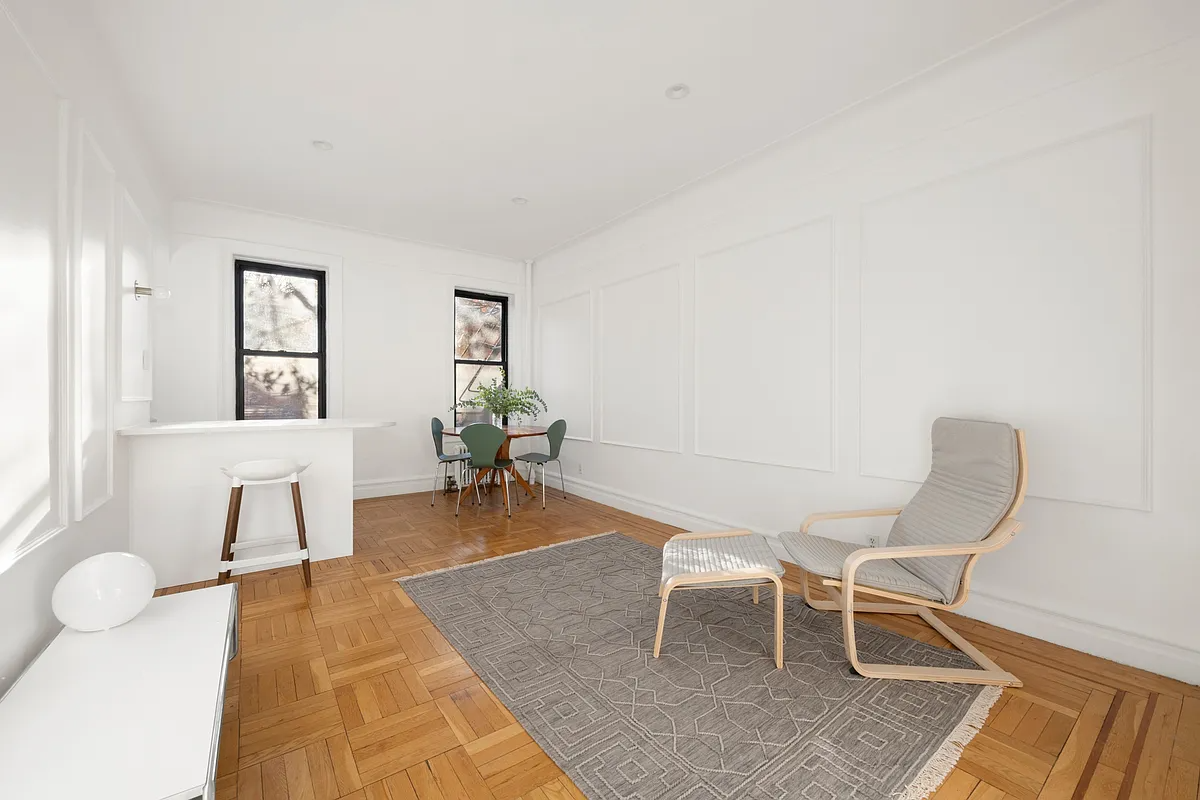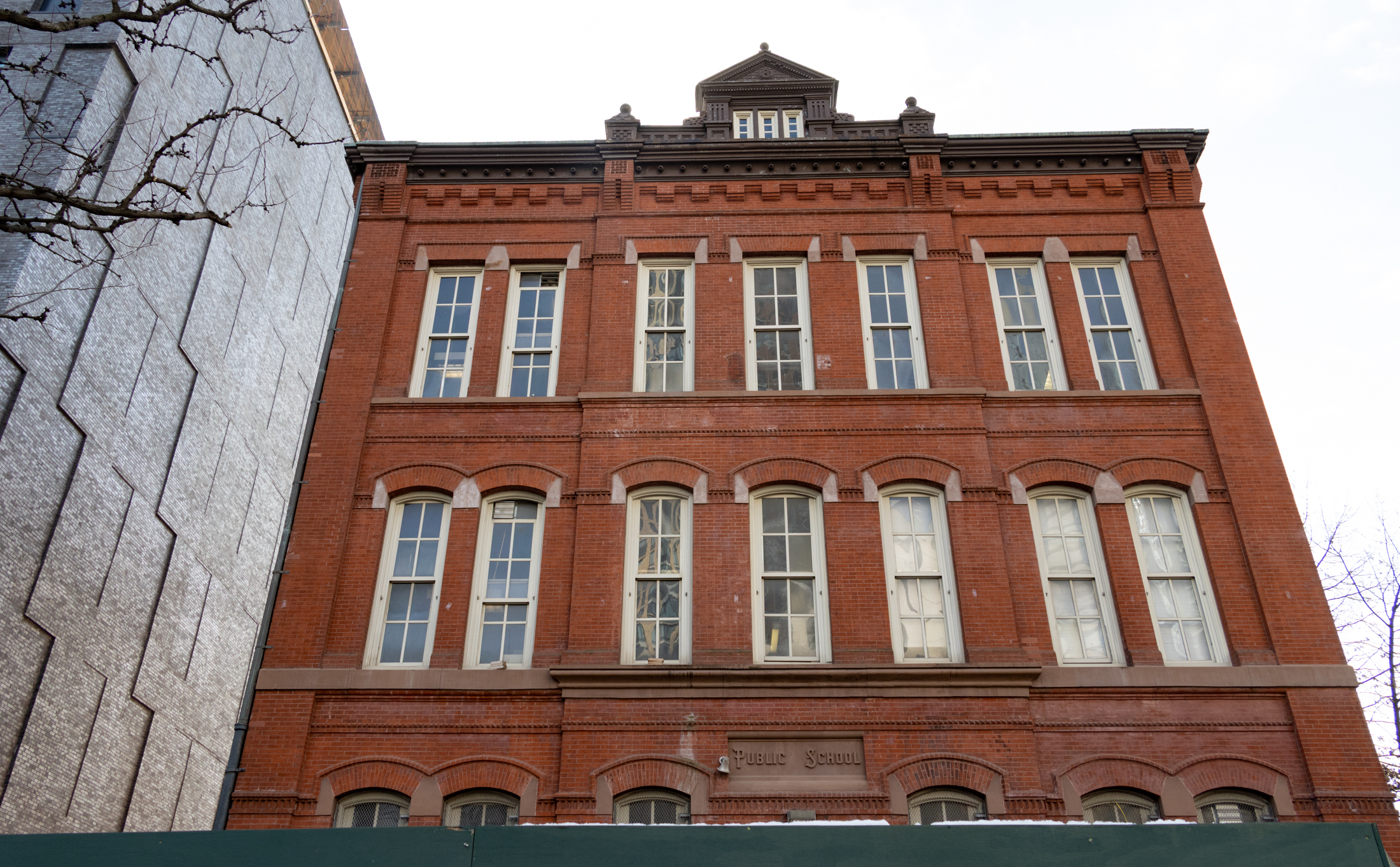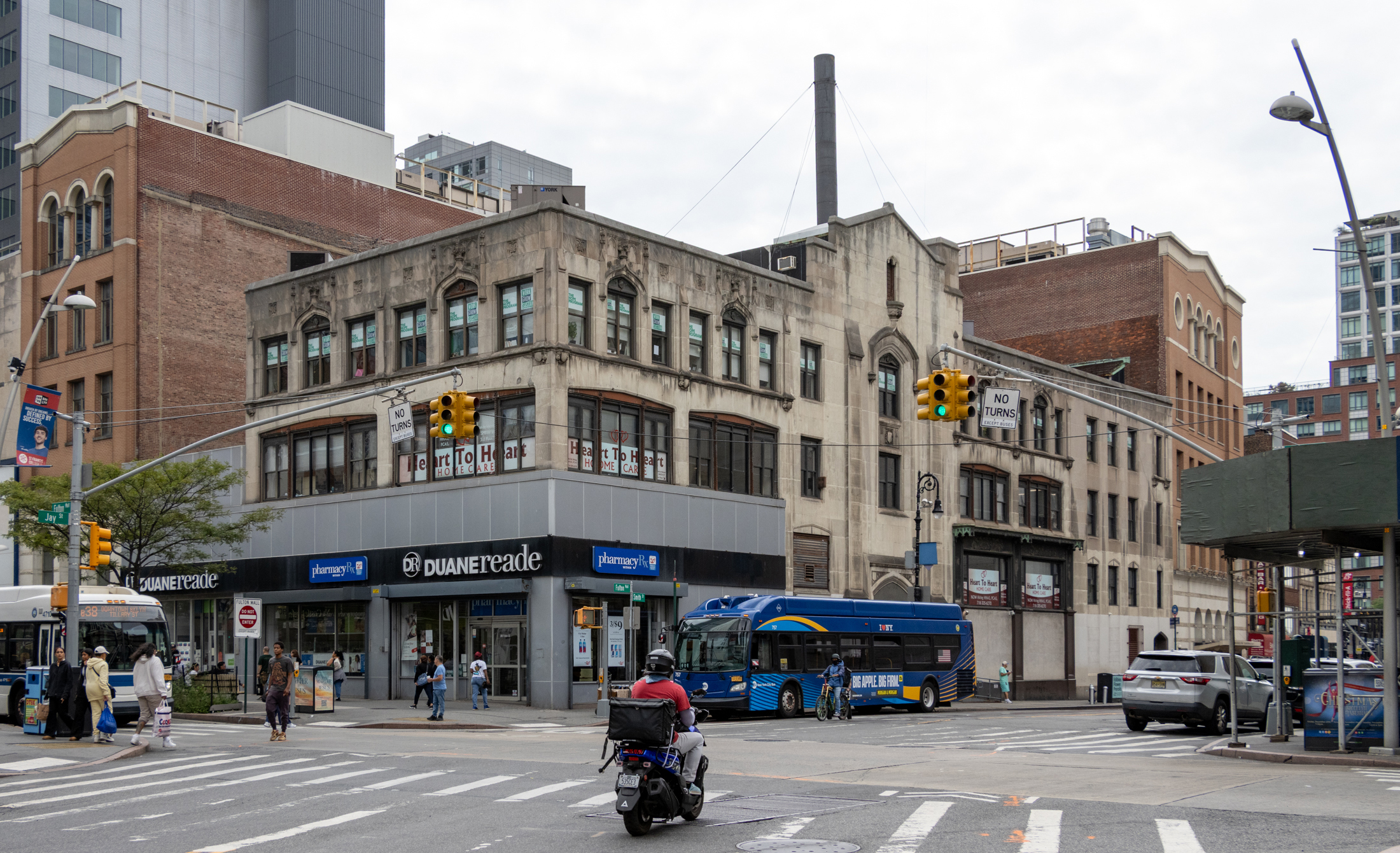Bird Blog: Week 9
Every week, Jennifer Mankins, owner of the Bird boutiques, tells us about the new 2,500-square-foot store on Grand Street in Williamsburg that she’s getting ready to open. Last time ’round, workers sorted tons of waste, the bulk of which was recycled. This week, the HVAC, in all its heating and cooling glory, is reckoned with……


Every week, Jennifer Mankins, owner of the Bird boutiques, tells us about the new 2,500-square-foot store on Grand Street in Williamsburg that she’s getting ready to open. Last time ’round, workers sorted tons of waste, the bulk of which was recycled. This week, the HVAC, in all its heating and cooling glory, is reckoned with…
I needed to consider another, possibly big, expense for a space this size; the air-conditioning and heating unit referred to as the HVAC (heating, ventilation and air conditioning). I had intended to have the existing HVAC unit checked early on, and with the decision to go forward with LEED certification I couldn’t wait any longer. We contacted the technician that Bill recommended, Valery Danovich, and he agreed to meet us on site and take a look. Based on the exposed ductwork, he initially estimated it to be a five-ton unit, smaller than I had hoped. But to be sure, he needed roof access to get a closer look….


Upon inspection, the unit actually proved to be 7.5 tons, sufficient for cooling up to 3000 sf. All the electrical lines had been disconnected (the downside of waiting so long!) but the system looked to be about seven years old and in good condition. That was the good news. The bad news was his estimate for the cost of running new ductwork. Since we won’t be installing another dropped ceiling, we’ll need to run new insulated spiral duct through the whole store. For this he charges about $2000 per ton, or $15,000. I have to admit I was a little surprised it could be so much, so I will definitely get another estimate.
There was other good news, too. The condensing unit, currently perched directly on top of the northernmost skylight, could be moved out of sight to another section of the roof. According to Valery, this wouldn’t be difficult, but we’d need to use a crane, which would cost an additional $1000.
With everything cleared out and the drywall removed, we could also take a further look at the condition of the central brick wall, which separates the front and back sections of the space. It wasn’t pretty, and we could see evidence of at least two or three previous ‘renovations’. Both Ole and Bill had questions about the various supporting structures within the wall, which has a wide opening that connects the two spaces, but also carries the load of the two floors above it. In addition, it contains the clerestory windows.
I knew that I probably couldn’t eliminate the wall altogether, but I hoped to open it up further. What we needed to know was (1) how much wider we could make the opening, and (2) how much restructuring was needed to safely distribute and support the load of the second and third floors. Although the landlord was confident of the wall’s reliability, we decided to be on the safe side and call in a structural engineer.
Bill recommended Maged Iskander, a structural engineer he had worked with and liked. The landlord recommended Becker Engineering. Stephanie called both to check on availability and prices. Becker couldn’t send an engineer out immediately, and Maged could come that afternoon. Becker wanted $1500 for the first on-site visit and Maged only asked for $400, which would be put toward his overall fee if we decided to hire him, which we did. Ole, Maged and the landlord met the following morning to discuss the structure of the supporting wall. The landlord had installed the clerestory windows himself and explained what he did to reinforce them; he had installed vertical steel supports between each window. These supports connect to two steel I-beams, which span the width of the opening and rest on two brick columns.
After about 45 minutes of very technical talk they headed up to the roof and discovered erosion on both steel I-beams. This would have to be fixed, clearly! Maged agreed to draft a proposal detailing the drawings he would provide, both of the current wall and of possible structural solutions should we decide to widen the opening. Hopefully we aren’t opening too big a can of wall-widening worms.
Bird Blog Week 8 [Brownstoner]
Bird Blog Week 7 [Brownstoner]
Bird Blog Week 6 [Brownstoner]
Bird Blog Week 5 [Brownstoner]
Bird Blog Week 4 [Brownstoner]
Bird Blog Week 3 [Brownstoner]
Bird Blog Week 2 [Brownstoner]
Bird Blog Week 1 [Brownstoner]





Jennifer, 15k for AC ducting is not really that high. You may do better, but you won’t do 50% better. Also, with all this recycling going on, why didn’t you save/reuse the old duct? (you probably answered that before). Where’s the heat coming from?
What/bxgirl:
bx, you are right, there are always people with money to spend. What, some of those people may have been short or may have been long DXD. Like you would be with all this insight, right? BTW DJIA making a remarkable recovery today, at 3:05, almost flat. Fools rushing in…
bxgirl, you are right about not knowing anything about electronics, especially since this would be considered mechanical. This isn’t a window AC that ‘doesn’t fit’, it’s a roof mounted compressor and air handling unit. It fits.
And modern things do tend to be smaller and more efficient. Part of the small is due to cheaper stuff being bean-counted and shipped offshore to make. There’s a reason people like brownstones and not new condos. That’s one of them.
cmu, as usual, raises the most valid point about re-using vs. new. If you buy a new unit that is more efficient, you might be better off, otoh, the old unit has to be recycled and the new one has to be made and transported. Quite a study could be made.
Minor comment–Gabby puts this blog up on the site, but it’s written by Jennifer, the owner…
“And please do what we do and ignore the What. He’s a blithering idiot. Don’t bother explaining how you’d make money to him. He wouldn’t understand it.”
Don’t be silly, of course The What understands. It’s a two word explanation:
Trust Fund
Gabby,
Thanks for doing this. The detail you put into it makes it very enjoyable and insightful.
And please do what we do and ignore the What. He’s a blithering idiot. Don’t bother explaining how you’d make money to him. He wouldn’t understand it.
cmu – The old a/c probably doesn’t fit exactly because it’s newer, and newer things like appliances are usually smaller because modern things are smaller and more efficient. The old a/c was probably pretty big.
I’m not really conversant in electronic stuff, though – I’m the first to admit it.
Am so glad that Gabby is so open about costs (unlike many posters) so we can see what she’s talking about.
One thought: you say you’re going for LEED certification? How does the old a/c unit fit into that, since it’s probably far less efficient than a new one (not that there’s a decent payback for the added expense, just a question.)
Are you really “recycling” if the materials were practically brand new or hardly used before you gutted the space? “Downcycling” is a better term.
My own estimate of a sustainable rent on that stretch of Grand means I am actually starting to feel sorry for you.
But thanks for the detailed breakdown of how the New York trickle-down economy works.
People who shop at places like this do so so they can say they shop at places like this. Mostly annoying girls who overuse the word “amazing”.
Geez, Bird is not targeting the value customer; the store features emerging, interesting designers, which is of great interest and affordable to some.
And I love the blog–it’s a well-written, hands-on primer to anyone who ever wanted to open a quality, attractive retail space–well beyond third-hand fixtures and bad sponge painting that can be the norm.